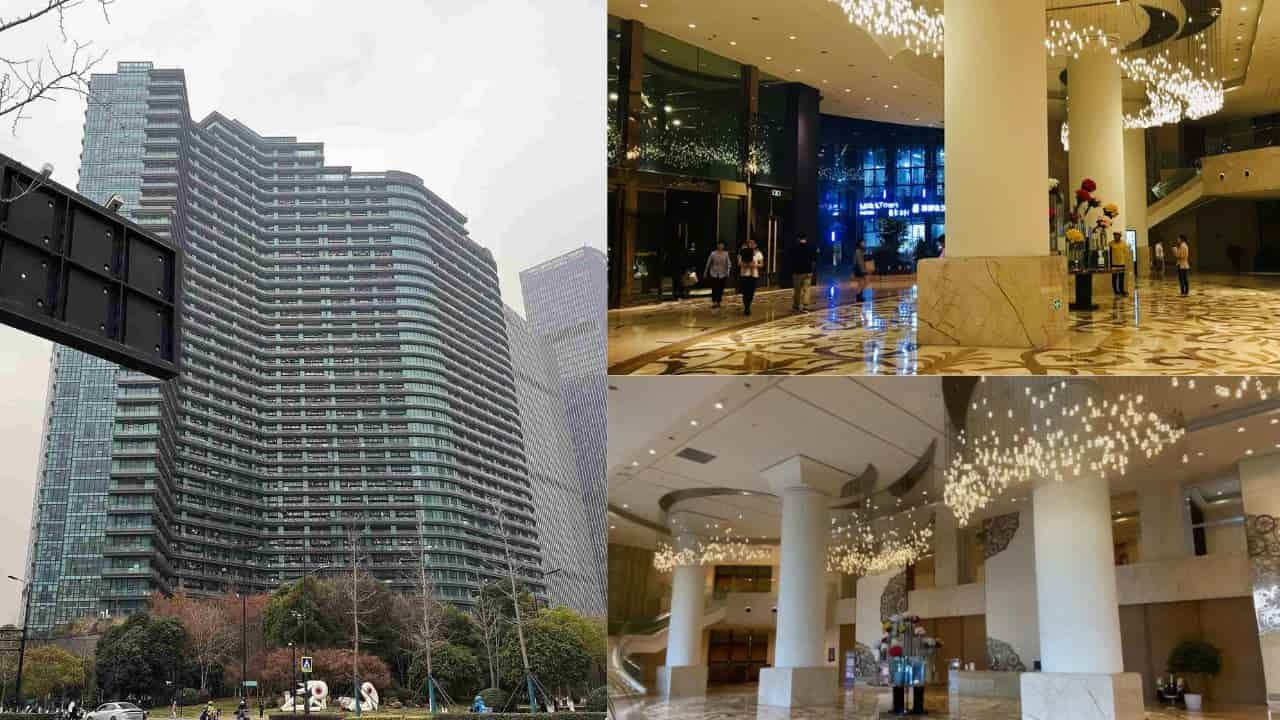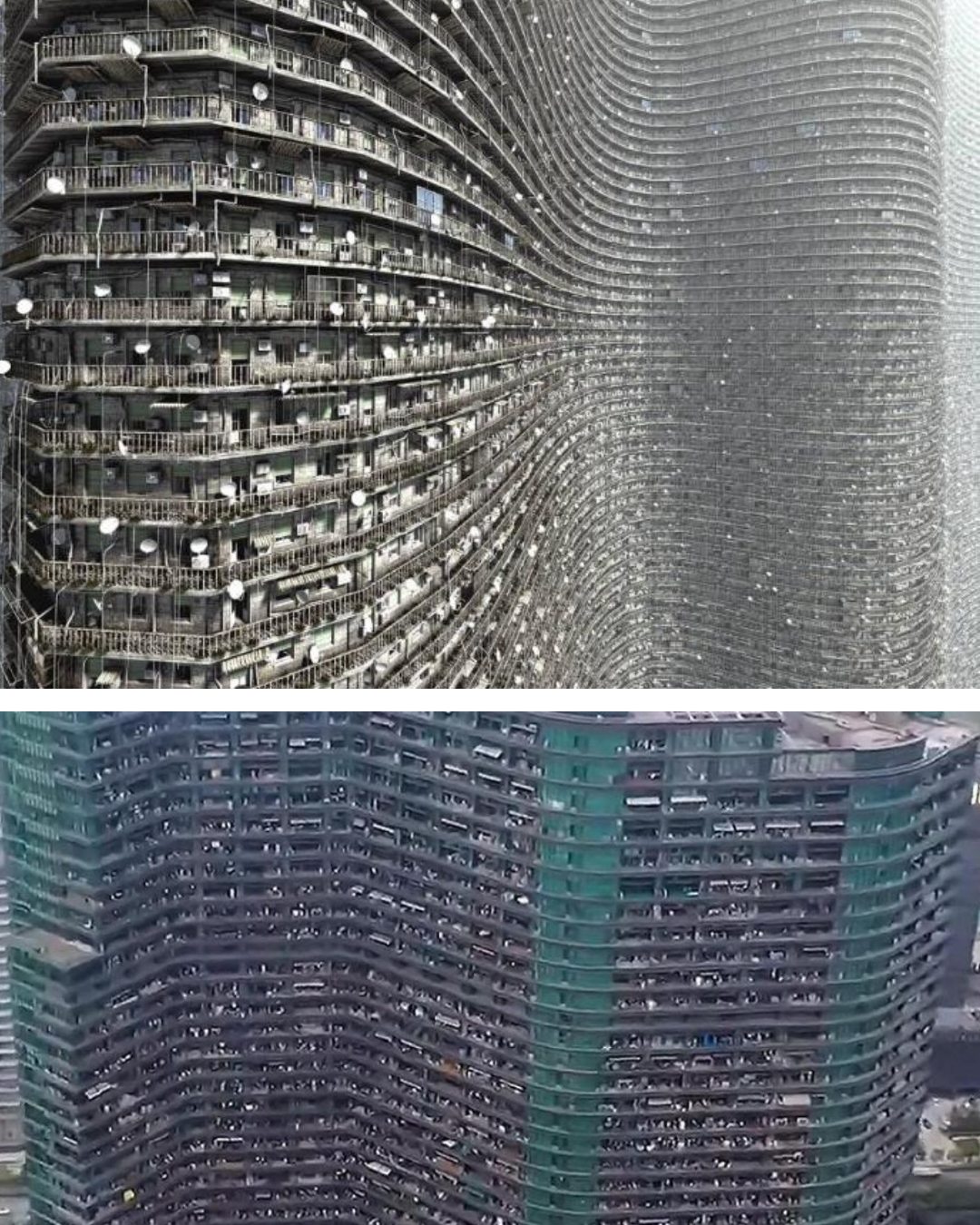In Hangzhou, China, a towering structure is challenging our traditional views of urban living. Regent International, a colossal residential complex often referred to as a “vertical city,” is home to over 20,000 residents, with the capacity to house up to 30,000. This architectural marvel houses more people than many small towns in Europe, reimagining what it means to call a place “home.”
The Birth of a Giant
Originally conceived as a luxury hotel, Regent International’s design shifted during development. Located in the fast-growing Qianjiang Century City, the building was transformed into a 39-story residential tower, shaped like an immense, sweeping S-shaped structure. From above, the building looks more like an iconic modern sculpture than a traditional apartment complex.
Life Without Stepping Outside
What sets Regent International apart is its self-contained nature. This massive building offers everything residents need without ever having to step outside. Its infrastructure includes:
- Supermarkets and retail shops
- Gyms, swimming pools, and fitness centers
- Clinics and pharmacies
- Beauty salons and barbershops
- Cafés and restaurants
- Schools, offices, and post offices
In essence, it combines everything a traditional neighborhood might have, all under one roof.
Why China Built a Vertical City
Hangzhou, home to tech giant Alibaba, is experiencing rapid urbanization. The city’s growing tech and finance sectors attract young professionals every year. To meet the housing demands of this influx, Regent International was built as a bold solution: a compact metropolis within a skyscraper.
The “Ant Colony” Effect
Not everyone is enchanted with the concept of high-density living. Some residents feel the building resembles an “ant colony” due to the endless rows of identical balconies and long, monotonous corridors. While this may feel impersonal to some, others appreciate the practical aspects — shorter commutes, ease of access to services, and convenience.
A Glimpse of the Future
Regent International is more than just a residential building; it is an architectural and social experiment. It challenges the traditional boundaries between home, district, and city, providing a glimpse into how megacities might adapt to overpopulation and land constraints.
However, it raises critical questions: Can people truly thrive in such an environment? Does life in a vertical city come at the cost of freedom, space, and human connection?

Conclusion
Regent International is both an innovation and a cautionary tale. It showcases the immense potential of high-density urban living but also highlights the challenges of maintaining individuality and fostering community in such large-scale, enclosed structures.
As cities around the world grapple with population growth, Regent International might serve as a prototype for future urban living — where entire cities are built within a single, towering structure. The concept is exciting, but it also underscores the need to balance practicality with human connection.


